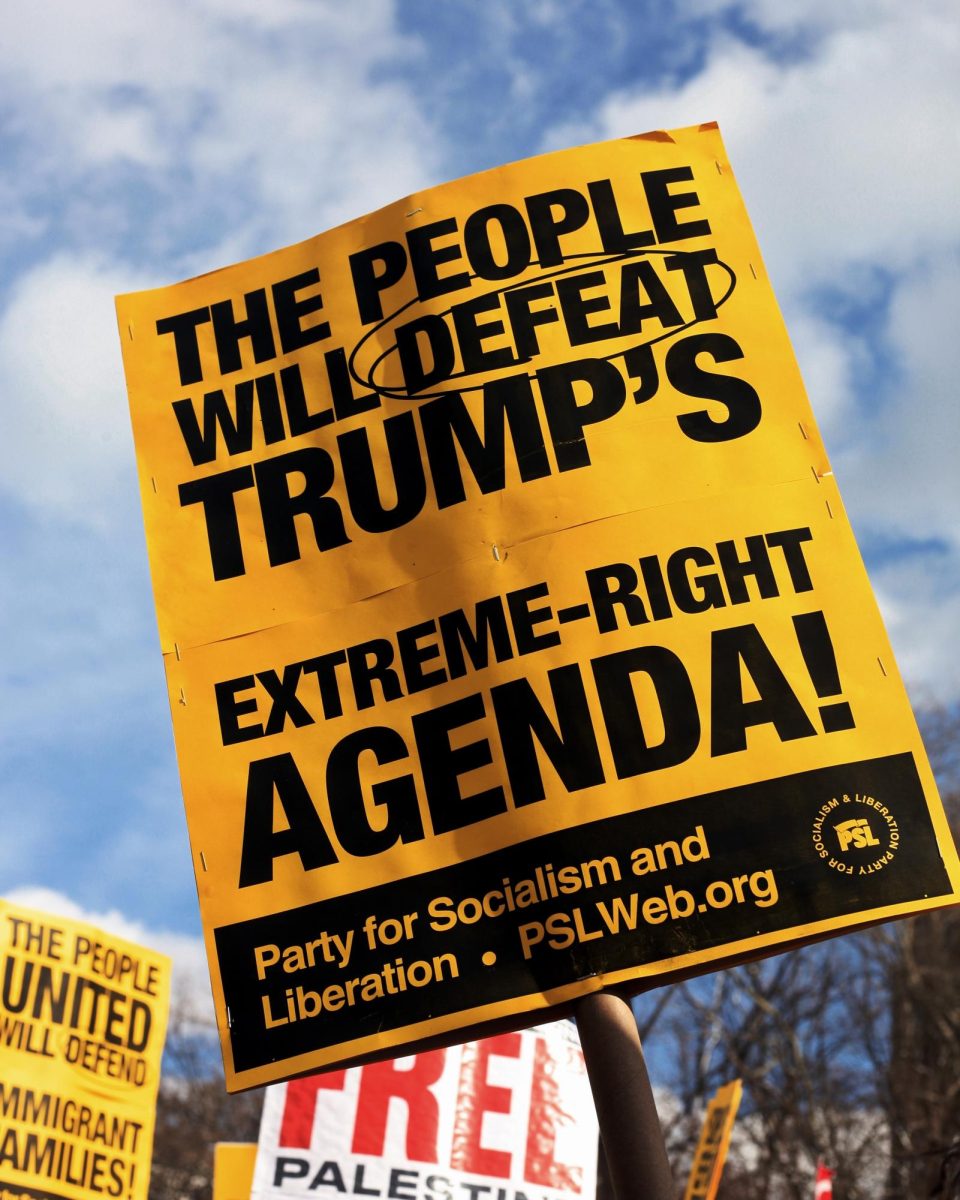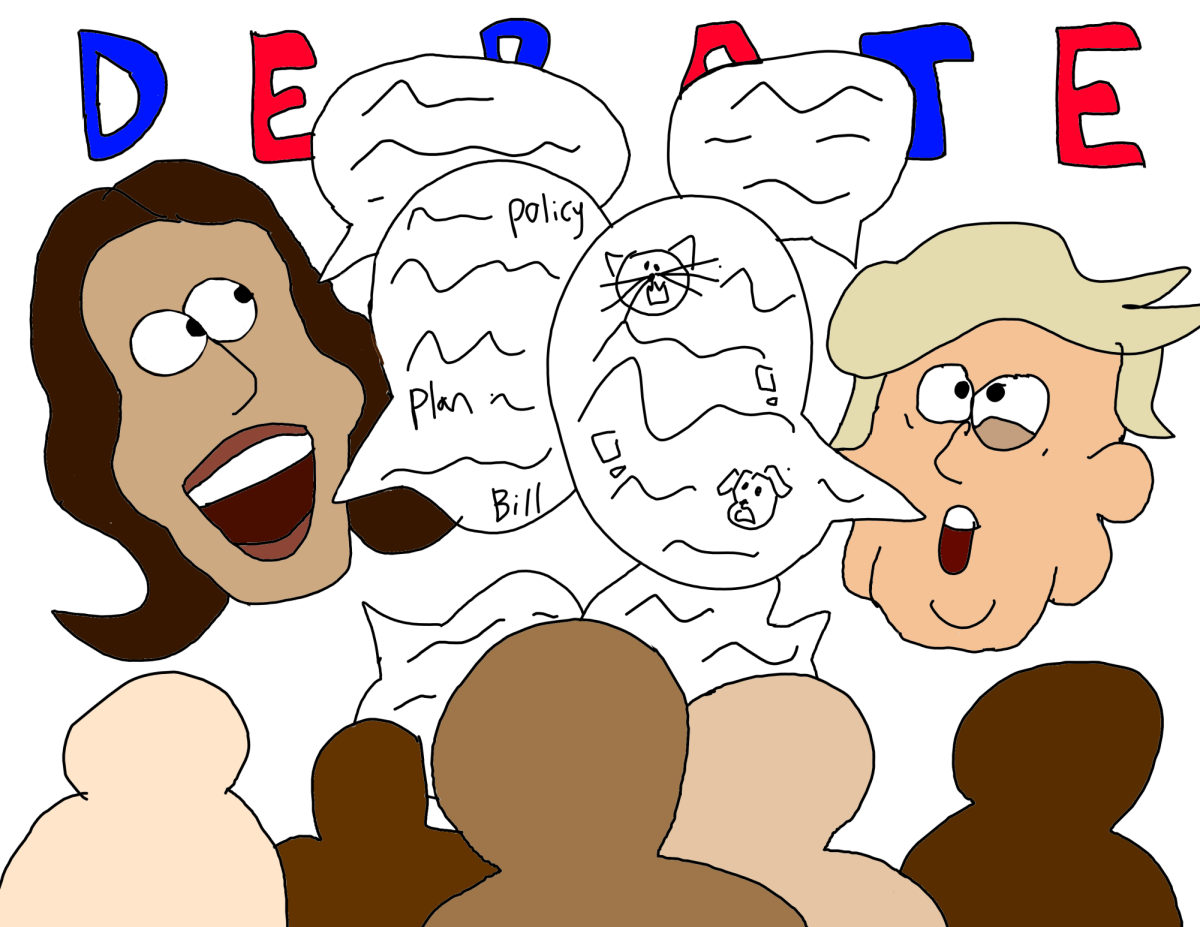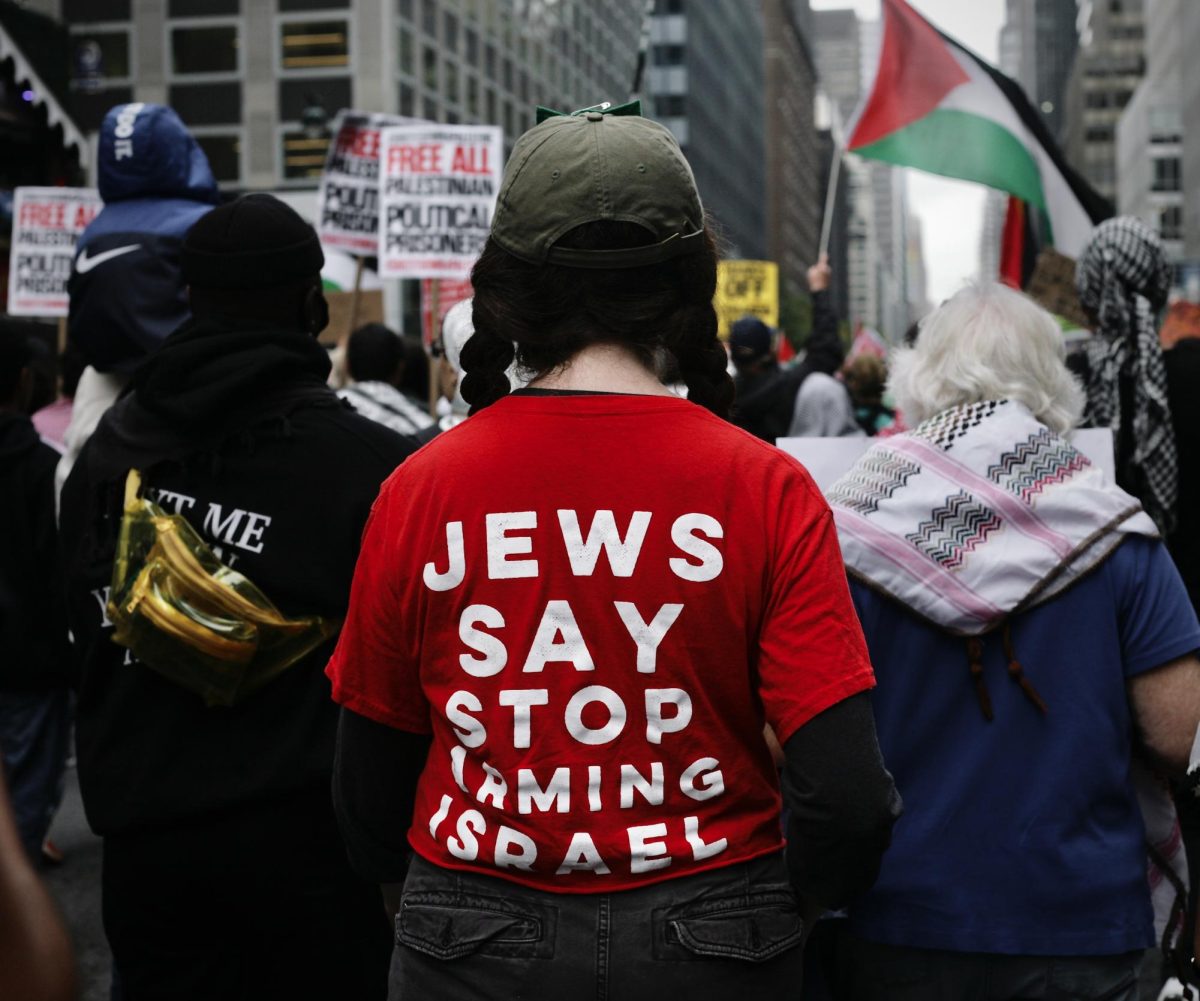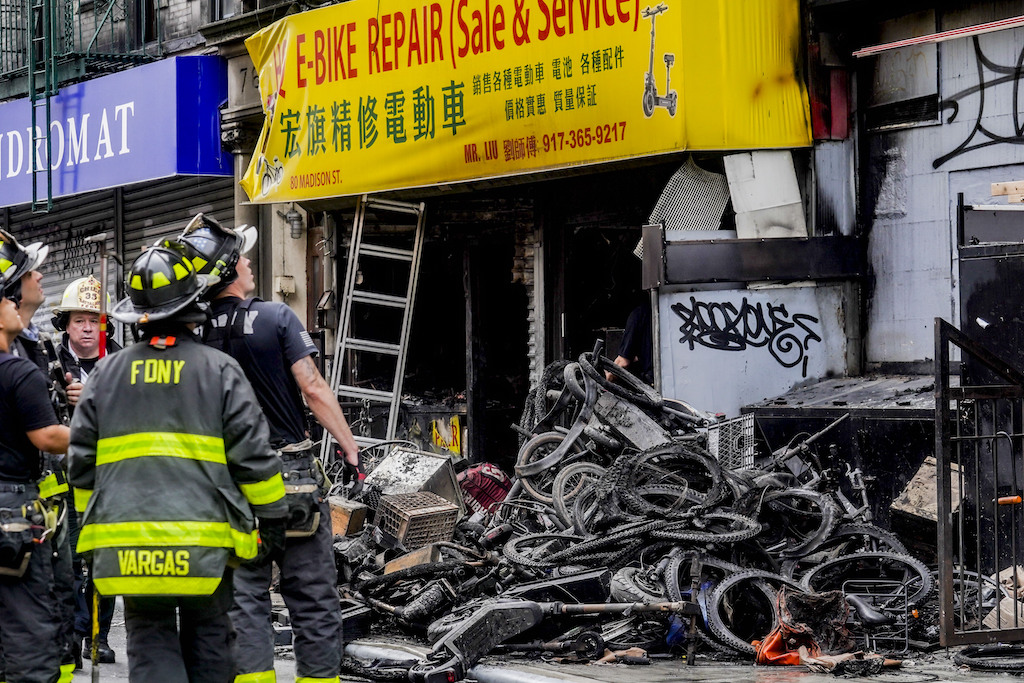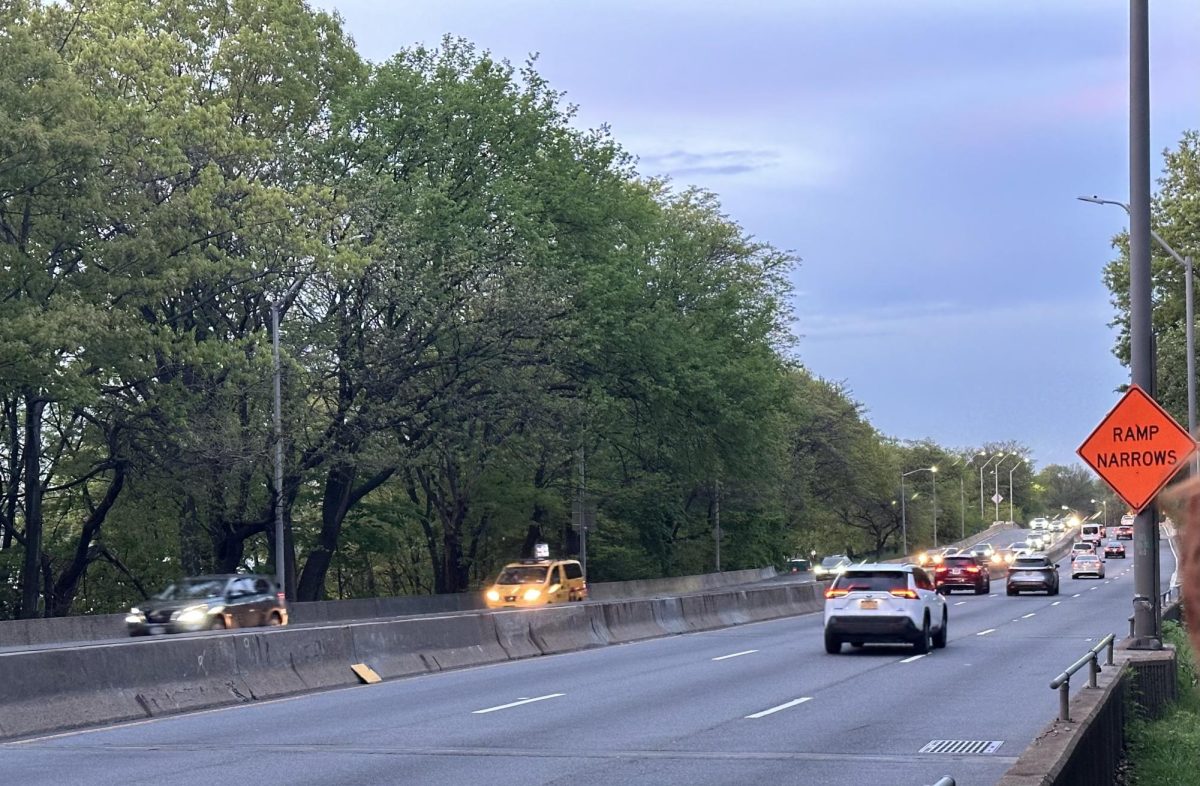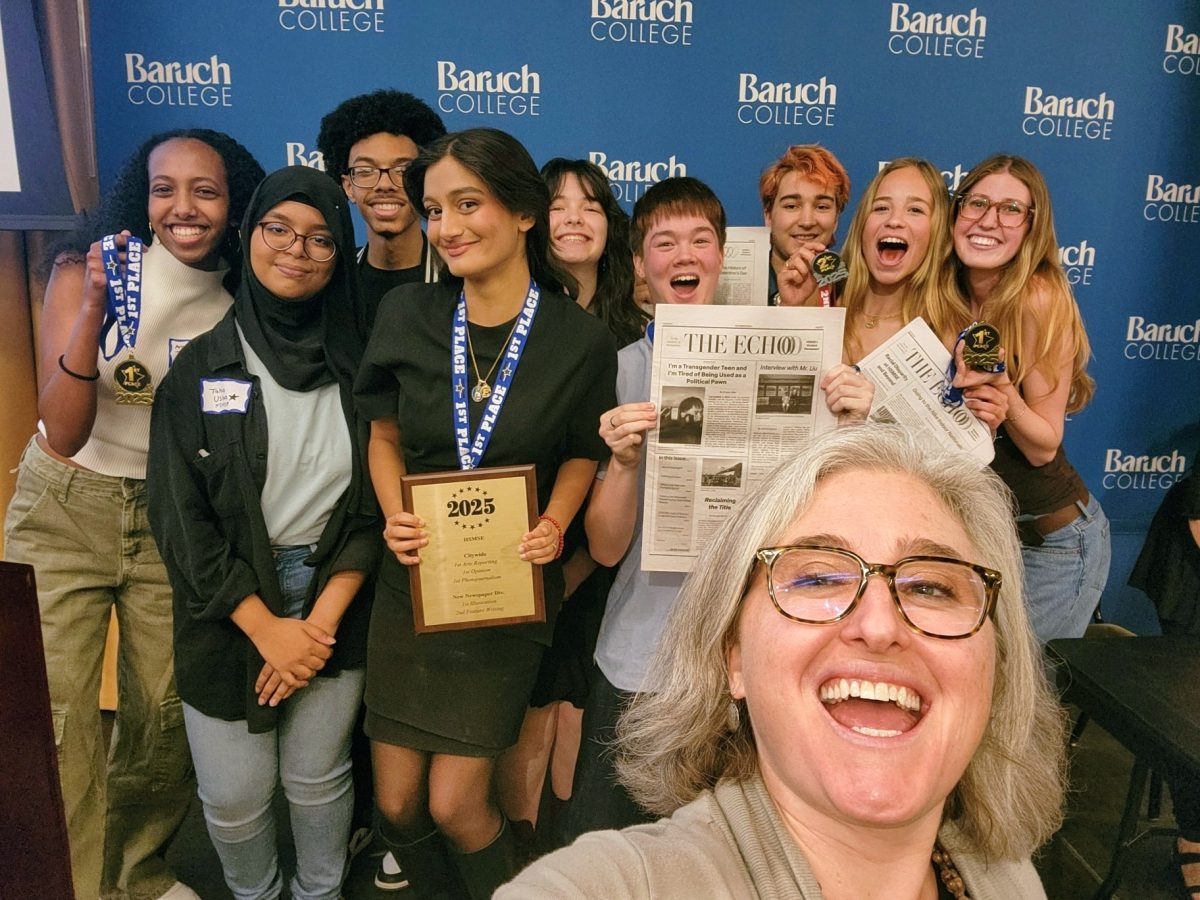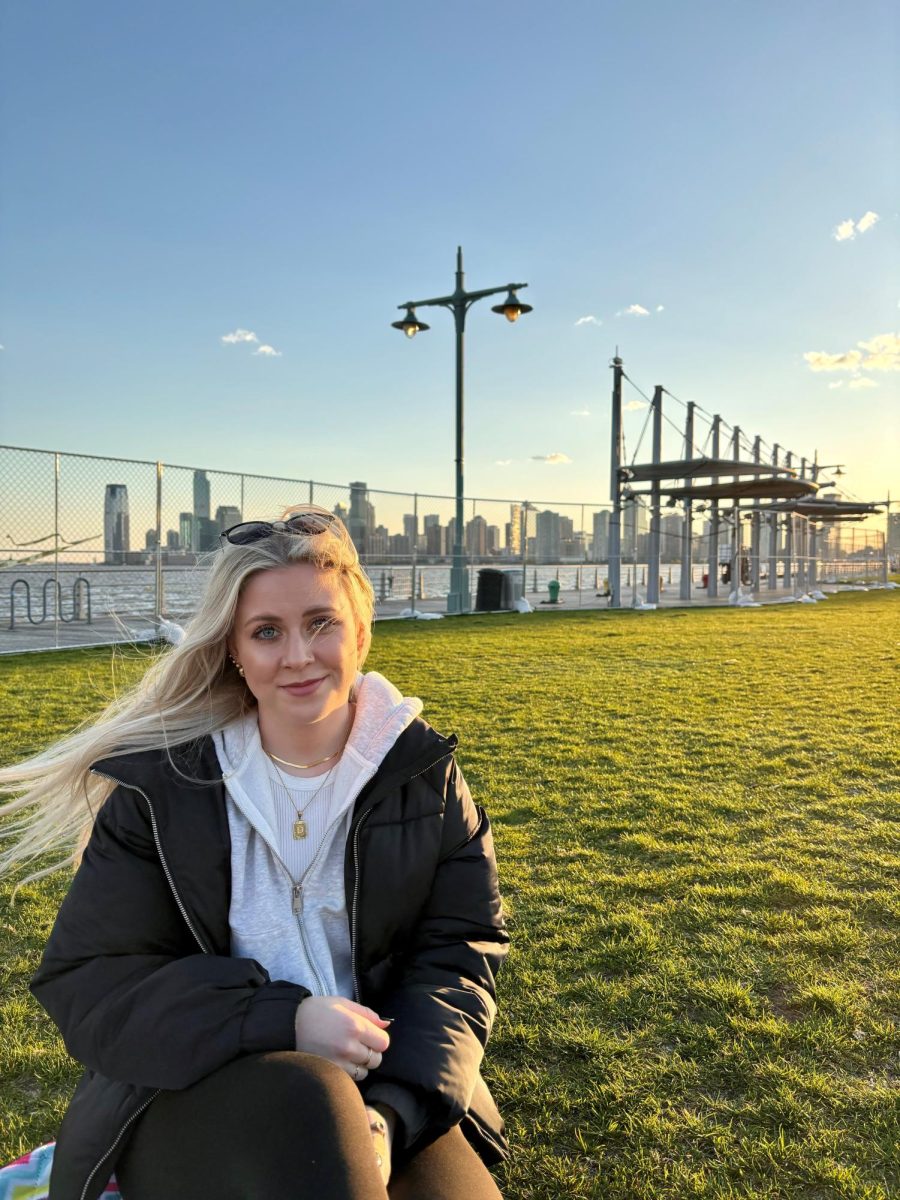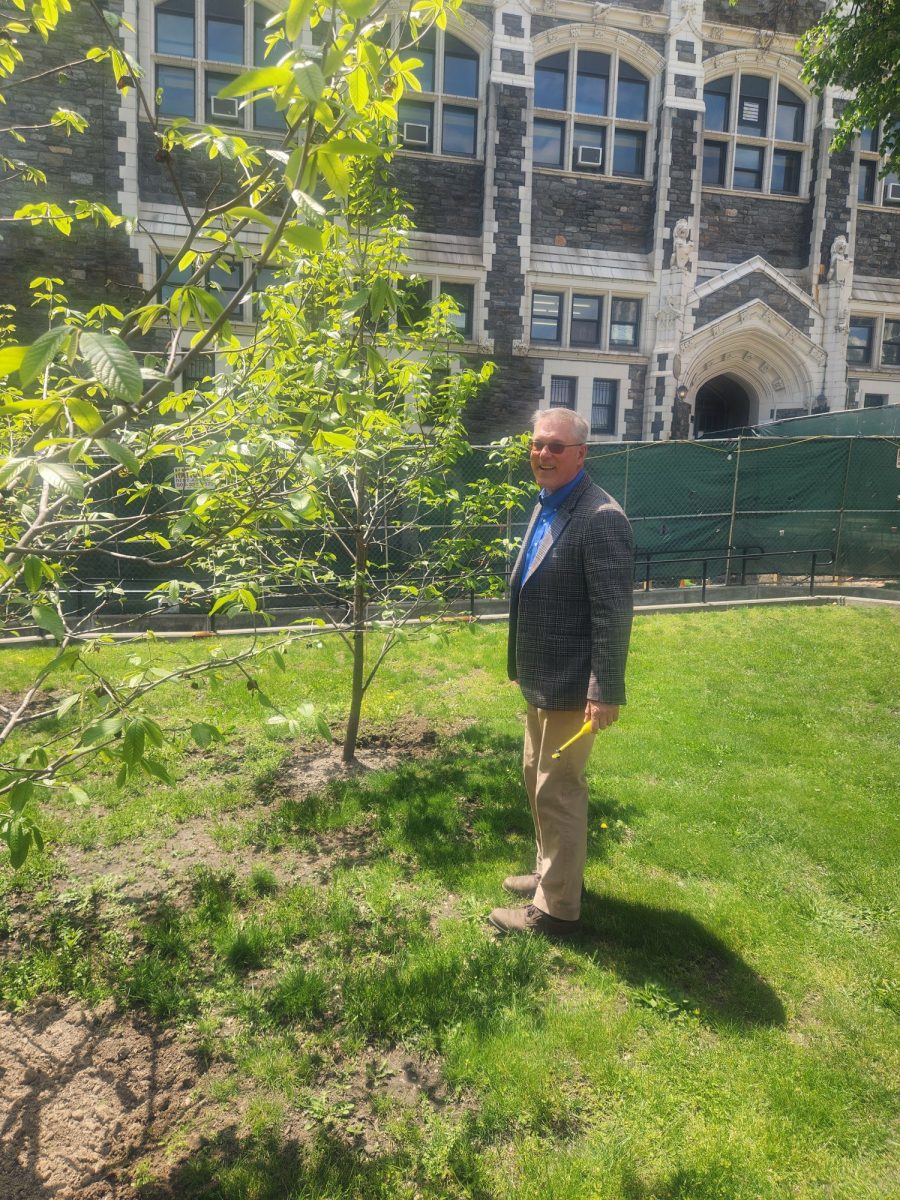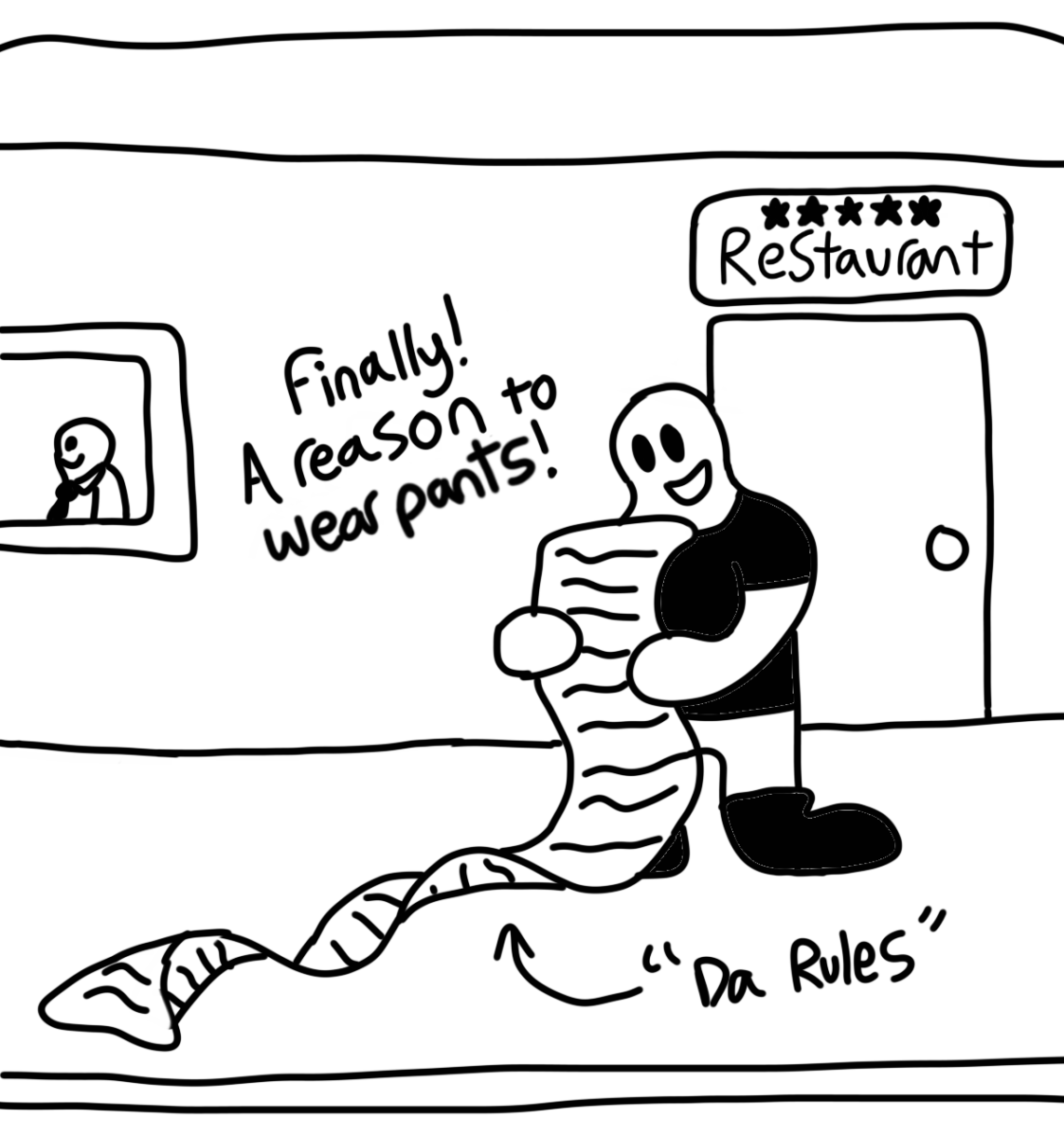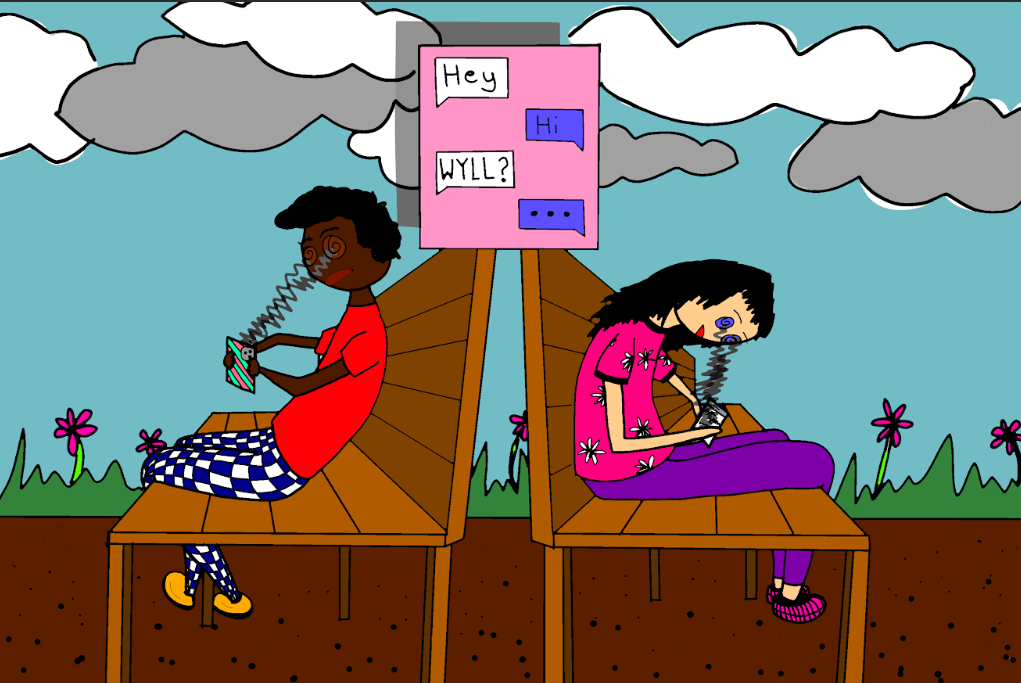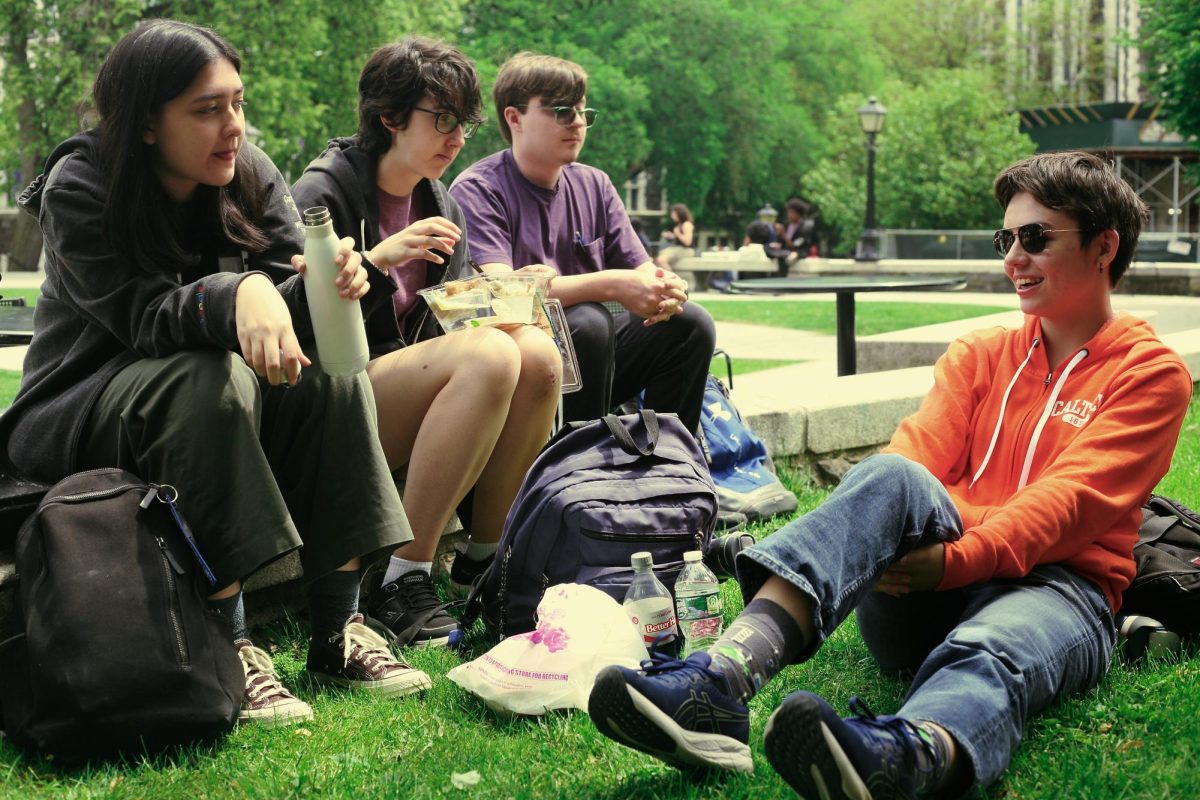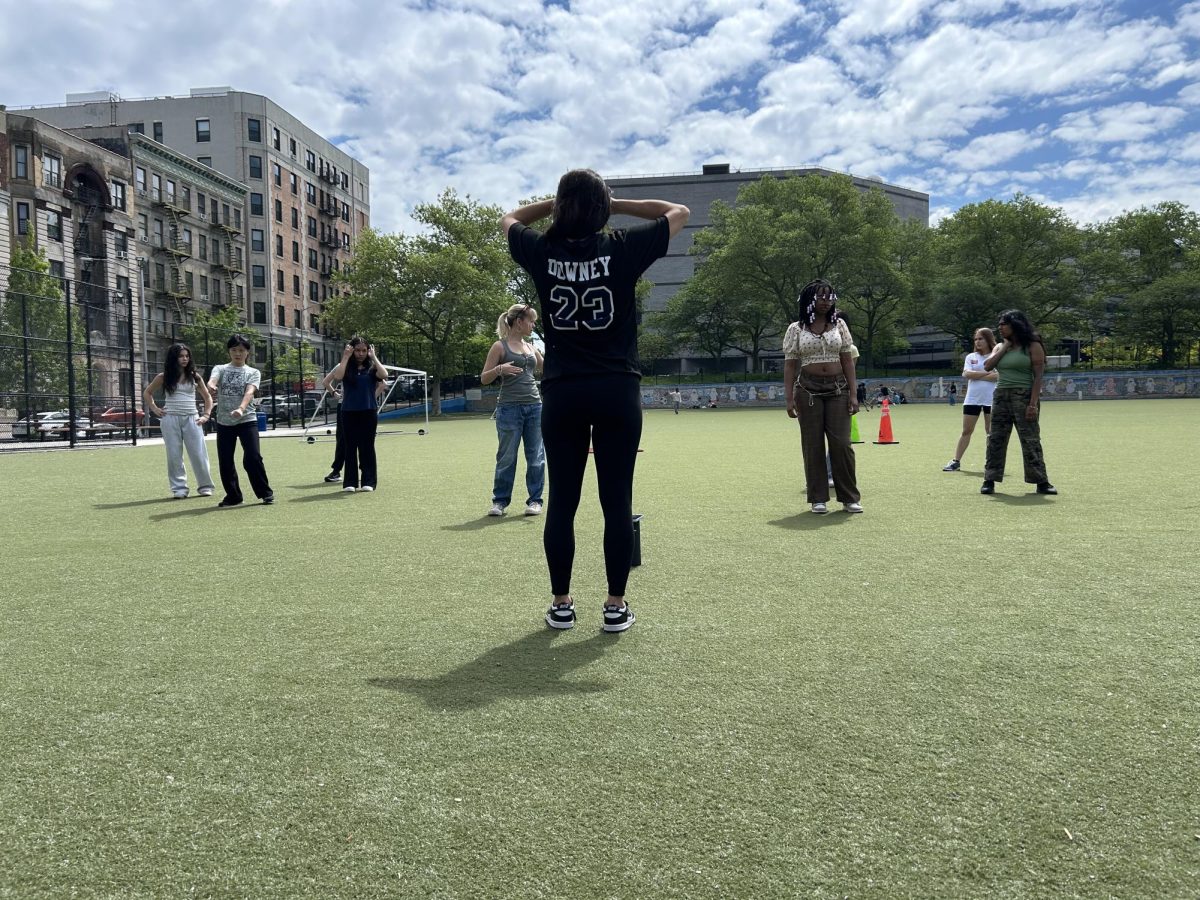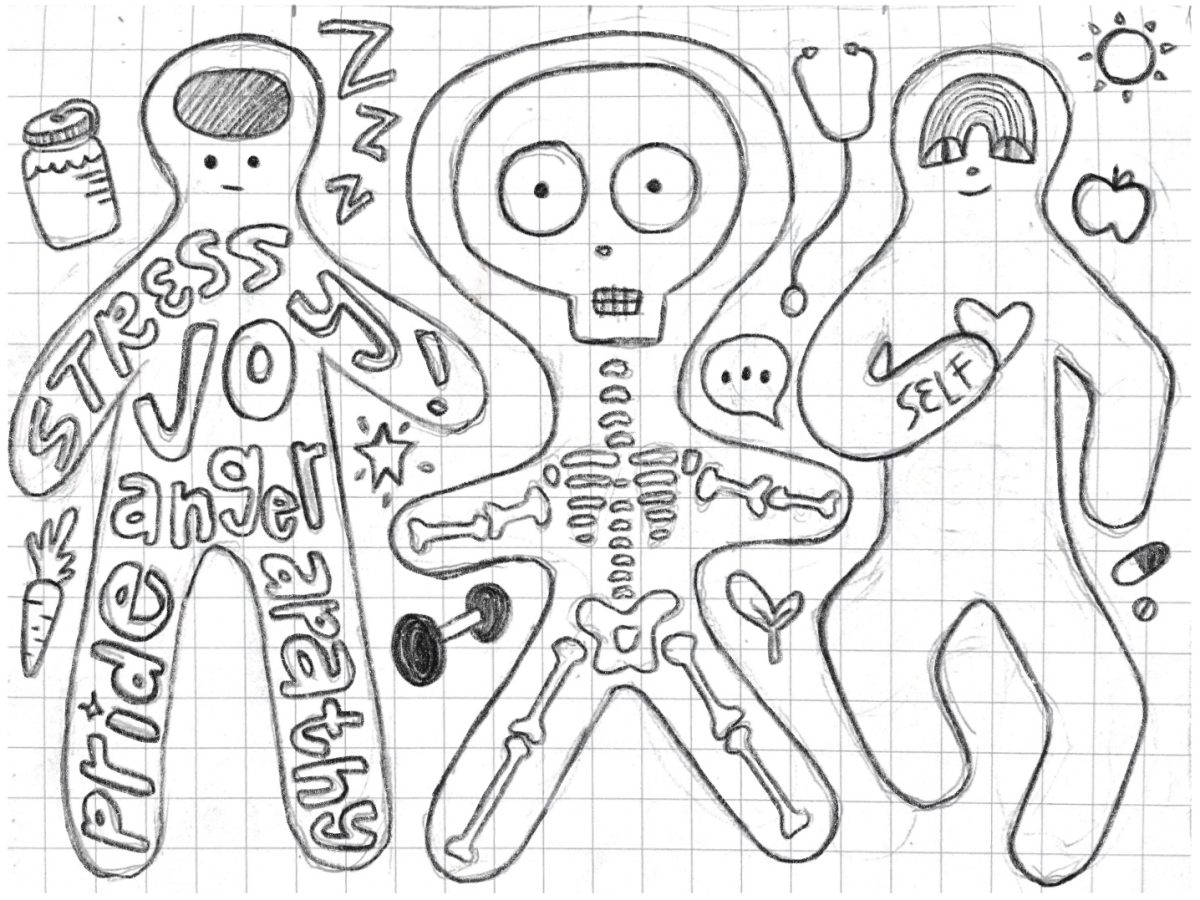Congestion pricing is coming to New York this June. Perhaps you’ve seen the posters on the subways declaring that congestion pricing will clean the air, solve traffic, and save New Yorkers innumerable hours each year. All this sounded too good to be true to me, I couldn’t take it at face value. It made me ponder how this so-called congestion pricing could possibly win our city’s forever-futile war with traffic, like magic. Unfortunately, none of these posters actually told me what this congestion pricing actually is. So I was left to conduct my own investigation. After sufficient research, it’s all so clear to me why these posters stuck to deceptive, ridiculous claims. New York State does not want you to know what congestion pricing actually is. Here’s why.
In its most basic form, congestion pricing is a toll. Drivers pay this toll on all car trips into the deceptively named “Central Business District,” or CBD for short. “What is the CBD?” you may ask. Its name implies that it would include only New York’s most commercial and crowded areas: Wall Street, Times Square, Rockefeller Center, etc. If you guessed this, you were incorrect. Strangely, the CBD includes the entire borough of Manhattan below 60th St., excluding the FDR and Westside Highways. So instead of just paying tolls on bridges or tunnels, the City of New York wants you to pay a toll on entering the lower half of Manhattan. To anyone who lives in this area, such as myself, this is infuriating. Now, if this congestion pricing were only three dollars, maybe I’d have sucked it up and begrudgingly accepted this inconvenience without writing this op-ed. Although a toll of three dollars is three dollars too many for the residents of the CBD, for most people it won’t break the bank. Well, the toll isn’t three dollars. It’s actually $15 during regular hours, $3.75 overnight, with the toll lasting for the rest of day. Yes, you’re reading that correctly, a $15 toll for the privilege of entering the lower half of Manhattan in your car during the daytime, how outrageous! But the good news is the toll is exactly the same as the New York minimum wage, so you can work an extra hour a day now to drive your car into the CBD for work.
When I first saw the cost of congestion pricing I assumed, like any rational person would, that there were exceptions for low-income, first responder, veteran, and disabled drivers. I am happy to report that the State of New York maintained an ounce of decency by granting disabled folks exemption from this ridiculous tax. But everyone else, including firefighters, police officers, and teachers, still have to pay this toll. Low income drivers, who earn less than $50,000 a year, could apply to pay half price, or $7.50, but only after their first ten trips in a month. So New York’s compromise to people earning fewer than $50,000, who already have to deal with the highest cost of living for any city in the nation, is a toll reduction only after they pay $150 in a month. And for any middle class person barely skating by, it isn’t much sunnier. The average person works 260 days per year and this toll costs $15 a day for a commuter. Using basic multiplication we can determine that congestion pricing would cost the average commuter $3,900 every single year, or $325 every single month. That is absolutely indefensible. This calculation doesn’t even account for the fact that the MTA, the villains running this evil congestion pricing program, reserves the right to charge an additional 25%, or $3.75, during what they call “Gridlock Alert Days.” So with this information taken into account, the new total a commuter pays in a year likely edges $4,000. That is madness.
To limit congestion pricing to only Manhattan below 60th Street is unethical and subjects this area to extreme taxation while the rest of the island escapes unscathed. Although many rich people live downtown, working class neighborhoods such as Chinatown and Alphabet City also find themselves within the toll area. Conveniently, the powerful and affluent Upper East and West Sides are exempt from the tax even though these areas suffer from terrible traffic too, must be a coincidence I suppose. Not to mention Harlem has terrible traffic too; anyone who’s tried to take the bus across 125th Street during rush hour will know what I mean. So to target people living below 60th Street is biased and only partially attempts to solve Manhattan’s traffic problem. But how can we expect a rational plan from our state lawmakers? There is no middle ground; they’ll either propose something radical or do nothing at all. Like it or not congestion pricing is supposed to go into effect sometime in June and we must prepare for when it does.
I’d like to tell a little story. Last summer I worked for a youth basketball league in Brooklyn and my boss was a man I’ll call Howard. Howard ran this league, all by himself, and everyday he had to drive from Alphabet City, in lower Manhattan, to Brooklyn. He drove, his Honda filled to the brim with tables, tents, snacks, and a scoreboard for the all basketball games he ran each day, stuff he couldn’t possibly transport without his car. Howard is not a rich man; starting work each day at 6:00 a.m., he still finds time to run this league each summer for the community on the side. In the upcoming summer, as he runs his league again, I know he’ll be greatly affected by this tax. This is the true cost of congestion pricing, limiting the ability for people to live their lives uninterrupted by worrying if they can afford their commute today.
Make sure to research how congestion pricing may negatively affect your own family, I’m sure many of you will be hurt by it in some way, shape, or form. Those of us in our student body who object to this tax do have the power to change it. Many HSMSE students can stop this plan next election by voting out officials that supported it. And if we cannot vote, we can petition our New York State legislators, state senators and assembly members, to support repealing congestion pricing. Even if none of these methods work, sending a message of our anger at this toll is a noble endeavor within itself. And remember, alone we are weak, but together we are strong. So stay vigilant, and never be afraid to ask questions!
. . .
We’re curious what our student body and teachers have to say about congestion pricing: Do you approve of it? Do you disapprove? And if so, why? We’ll be taking interviews, so stay tuned for our next issue!



